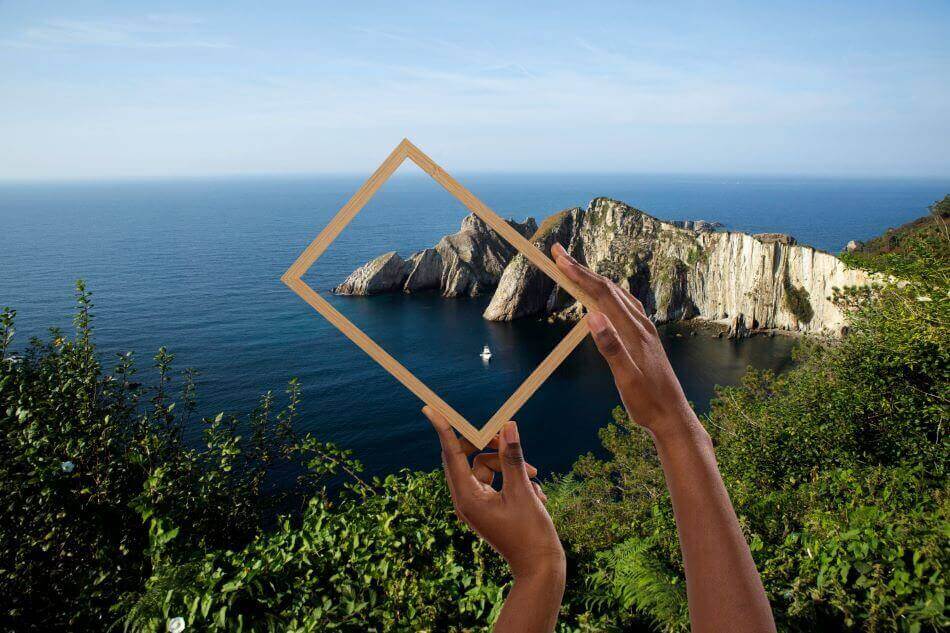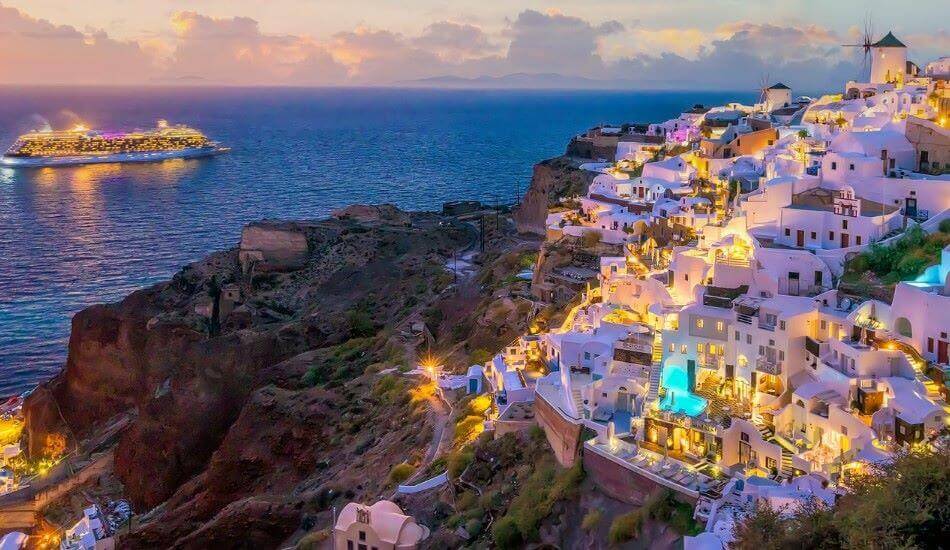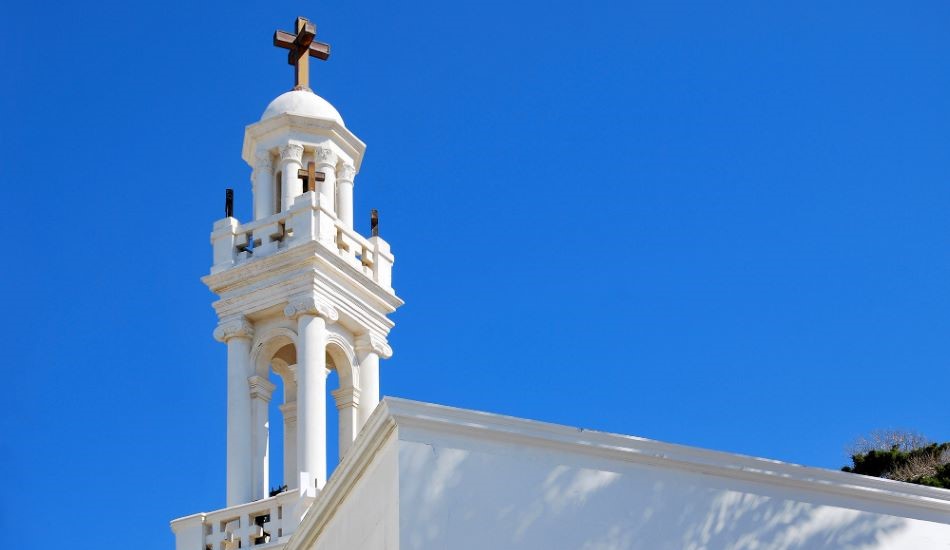

Museums
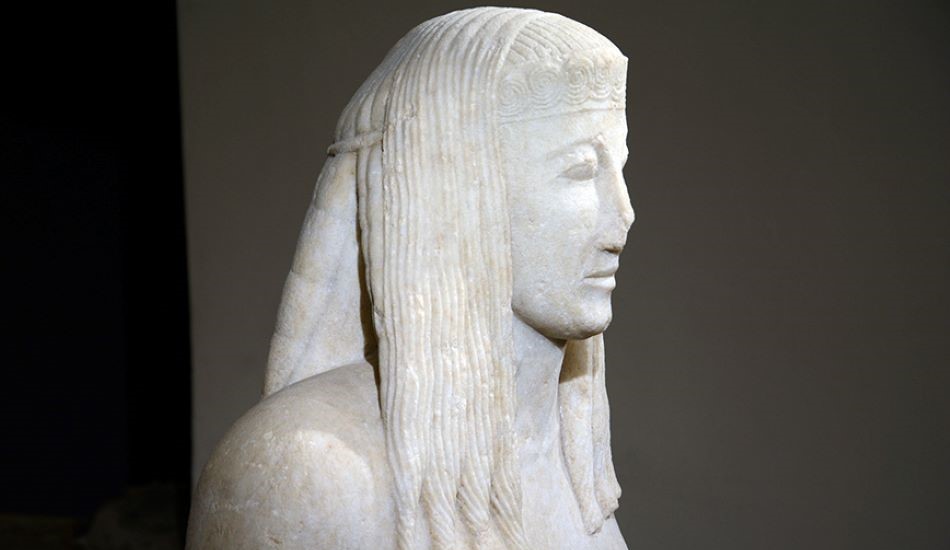
Santorini boasts several museums that offer insights into its rich history, culture, and geological significance. Here are some notable ones:
Santorini Archaeological Museum
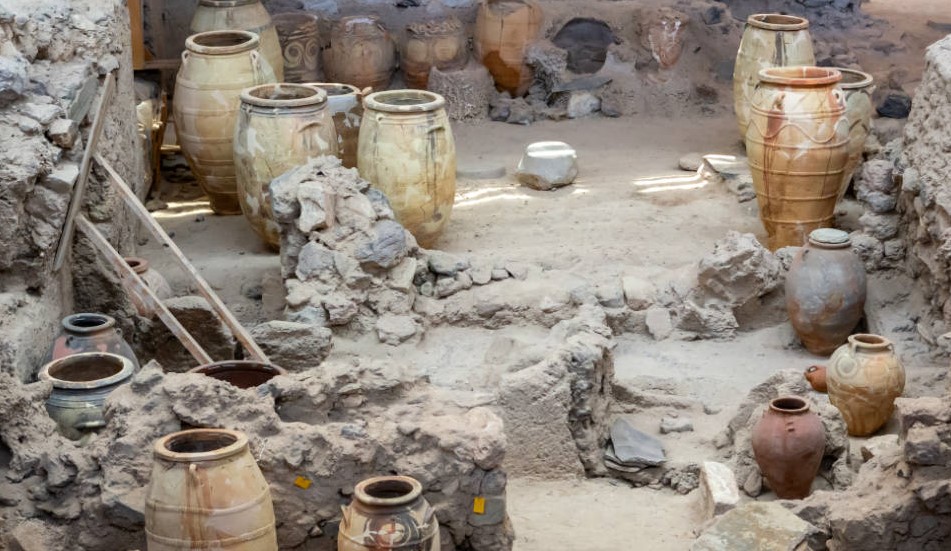
The Archaeological Museum is situated in the heart of Fira, Santorini’s main town, overlooking the breathtaking Caldera. The museum was founded in 1960 to house the significant archaeological finds from the excavations that have been conducted on Santorini and the surrounding islands. The museum’s collections primarily focus on the ancient civilizations that inhabited the Cycladic islands, particularly during the Bronze Age. You can find a wide array of artifacts including pottery, sculptures, artifacts from ancient Akrotiri (often referred to as the “Minoan Pompeii”), and other archaeological treasures.
Among the museum’s highlights are the frescoes and pottery recovered from the ancient site of Akrotiri, which provide valuable insights into the daily life, art, and culture of the Minoan civilization. The famous “Boxer” fresco, depicting a young boy with boxing gloves, is one of the most iconic pieces in the museum. The museum is open to the public, and visitors can explore its exhibits to learn about the history and archaeology of Santorini and the broader Aegean region. It’s recommended to check the opening hours before planning your visit, especially if you’re visiting during the tourist season when hours may vary.
In addition to its role as a tourist attraction, the museum also serves as a hub for archaeological research and education. Scholars and students interested in the archaeology of the Aegean have access to the museum’s collections for study and research purposes.
The Museum of Prehistoric Thera
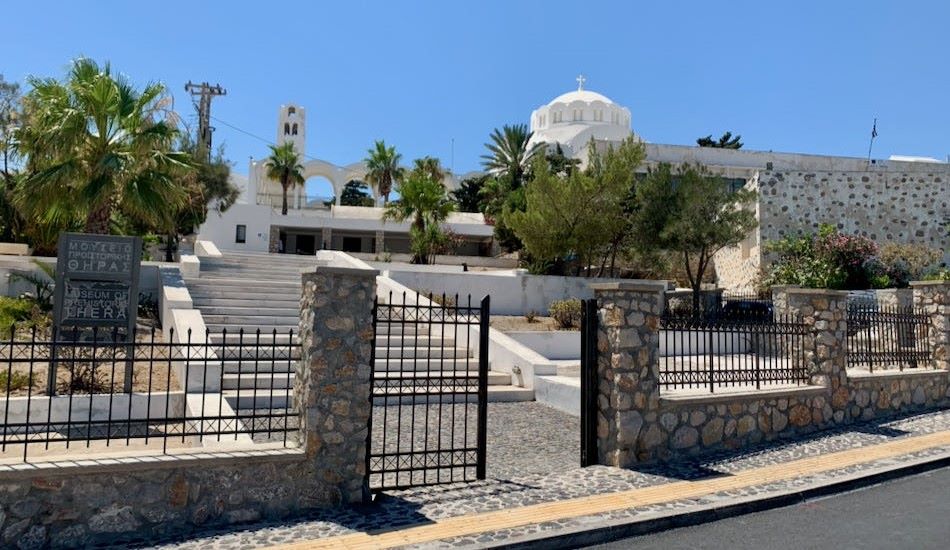
The Museum of Prehistoric Thera is situated in Fira, the museum overlooks the Caldera, providing visitors with stunning views while exploring its exhibits. The museum was established to showcase the significant archaeological finds from the prehistoric era of Santorini, particularly from the ancient site of Akrotiri. The museum’s collections focus on the prehistoric period of Santorini, spanning from the Neolithic era to the Late Cycladic period. Exhibits include pottery, frescoes, tools, household items, and other artifacts recovered from excavations on the island.
One of the museum’s highlights is its collection of frescoes and artifacts from the ancient city of Akrotiri, often referred to as the “Minoan Pompeii.” These artifacts provide valuable insights into the daily life, art, and culture of the Minoan civilization that thrived on Santorini during the Bronze Age. The museum is open to the public, allowing visitors to explore its exhibits and learn about the prehistoric history of Santorini and the broader Aegean region. It’s advisable to check the museum’s opening hours before planning your visit, especially during peak tourist seasons.
In addition to its role as a tourist attraction, the museum also serves as a center for archaeological research and education. Scholars and students interested in the prehistoric archaeology of the Aegean have access to the museum’s collections for study and research purposes. Visitors to the museum can also explore nearby archaeological sites such as Akrotiri, an ancient Minoan settlement buried under volcanic ash, which provides further context for the artifacts displayed in the museum.
The Folklore Museum of Lignos Emmanuel
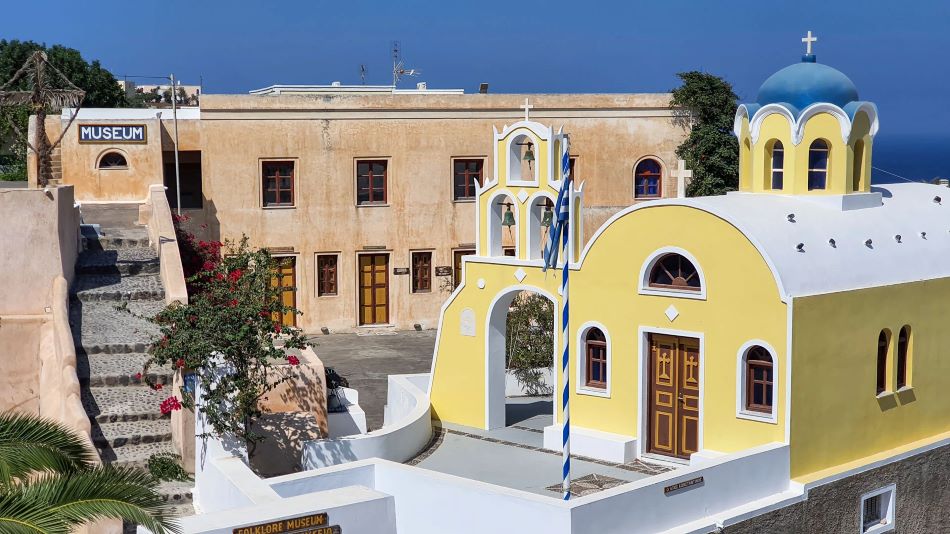
The Folklore Museum of Lignos Emmanuel is situated in Kontochori, near Fira, the museum offers visitors a glimpse into the traditional way of life on the island of Santorini. The museum is named after its founder, Emmanuel Lignos, who was a local shipowner and collector of traditional artifacts. It was established to preserve and showcase the rich folklore heritage of Santorini.
The museum’s collections include a diverse array of artifacts representing various aspects of Santorinian life, including traditional costumes, household items, agricultural tools, musical instruments, and religious artifacts. These exhibits provide insight into the daily life, customs, and traditions of the island’s inhabitants throughout history. One of the museum’s highlights is its collection of traditional costumes, which reflect the unique style and craftsmanship of Santorini’s clothing traditions. Visitors can also admire intricately woven textiles, handmade ceramics, and other handicrafts that showcase the island’s artisanal heritage. The museum is open to the public, allowing visitors to explore its exhibits and immerse themselves in the cultural history of Santorini. It’s advisable to check the museum’s opening hours before planning your visit, as they may vary depending on the season.
In addition to its role as a cultural attraction, the museum also offers educational programs and events aimed at promoting awareness and appreciation of Santorini’s folklore heritage. These may include workshops, lectures, and demonstrations of traditional crafts and skills. While in Kontochori, visitors can also explore other attractions such as the village’s traditional architecture, narrow streets, and panoramic views of the island’s volcanic landscape.
The Megaro Gyzi Museum

The Megaro Gyzi Museum is situated in the heart of Fira, overlooking the Caldera and offering stunning views of the Aegean Sea. Housed in a beautifully preserved 17th-century mansion known as Megaro Gyzi, the museum was established to preserve and showcase the cultural heritage of Santorini.
The museum’s collections encompass a wide range of artifacts and exhibits related to the history, art, and culture of Santorini and the broader Cycladic region. These include paintings, photographs, historical documents, maps, traditional costumes, and archaeological finds. One of the museum’s highlights is its collection of historical photographs and documents that offer insight into Santorini’s past, including its architecture, customs, and daily life. Visitors can also admire the mansion’s architecture and interior decoration, which provide a glimpse into the island’s aristocratic lifestyle during the Ottoman period. The museum hosts temporary exhibitions throughout the year, featuring works by contemporary artists, photographers, and scholars, as well as thematic exhibitions exploring various aspects of Santorini’s history and culture.
In addition to its exhibitions, the museum also organizes cultural events, lectures, and workshops aimed at promoting awareness and appreciation of Santorini’s cultural heritage. These may include music performances, film screenings, and educational programs for children and adults alike.
Maritime Museum
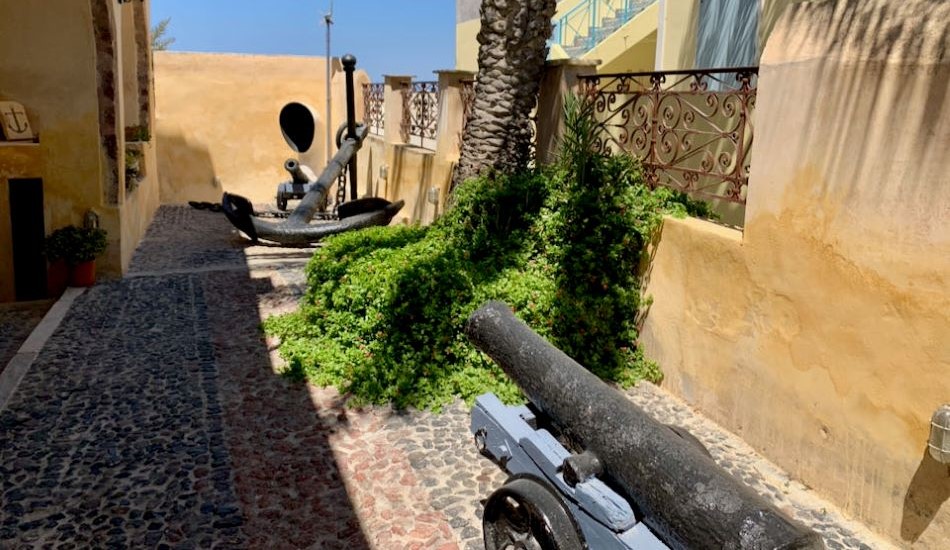
The Santorini Maritime Museum is located in the picturesque town of Oia, known for its sunsets and stunning views of the Caldera. The museum was established to preserve and showcase the maritime heritage of Santorini.
The museum’s collections focus on the maritime history of the island, including ship models, maritime equipment, nautical tools, photographs, and other objects related to the sea history of the area. Among the exhibits of the museum are models of traditional boats, ancient nautical maps, and shipbuilding tools. The museum organizes special events, activities, and exhibitions related to the sea and the maritime heritage of the island.
The Santorini Maritime Museum is open to the public and offers an interesting experience for those interested in the maritime history and culture of Santorini.
The Santorini Wine Museum
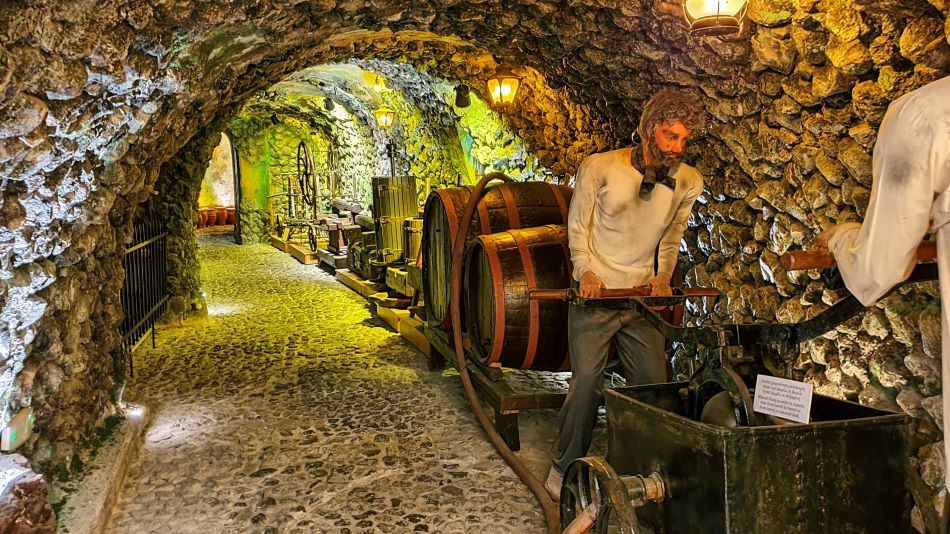
The Santorini Wine Museum is situated in Vothonas village, near Kamari Beach, the museum is housed within the Koutsogiannopoulos Winery, one of the oldest and most renowned wineries on the island. The museum was established to showcase the long and rich history of winemaking on Santorini, which dates back thousands of years.
The museum’s collections include exhibits on the traditional methods of winemaking, as well as the unique viticulture practices specific to Santorini, such as the cultivation of grapes in volcanic soil and the use of basket-shaped vines called “kouloura.” Among the highlights of the museum are its underground tunnels, where visitors can explore the various stages of winemaking, from grape pressing to fermentation and aging. The museum also features a collection of old winemaking tools and equipment, as well as displays on the island’s indigenous grape varieties. Visitors to the museum can participate in guided tours of the winery and its facilities, including tastings of a variety of Santorinian wines. These tours provide insight into the winemaking process and the unique characteristics of Santorini’s wines.
The Santorini Wine Museum is open to the public, allowing visitors to learn about the island’s winemaking traditions and sample its delicious wines. It’s advisable to check the museum’s opening hours and tour availability before planning your visit.
The Santorini Tomato Industrial Museum
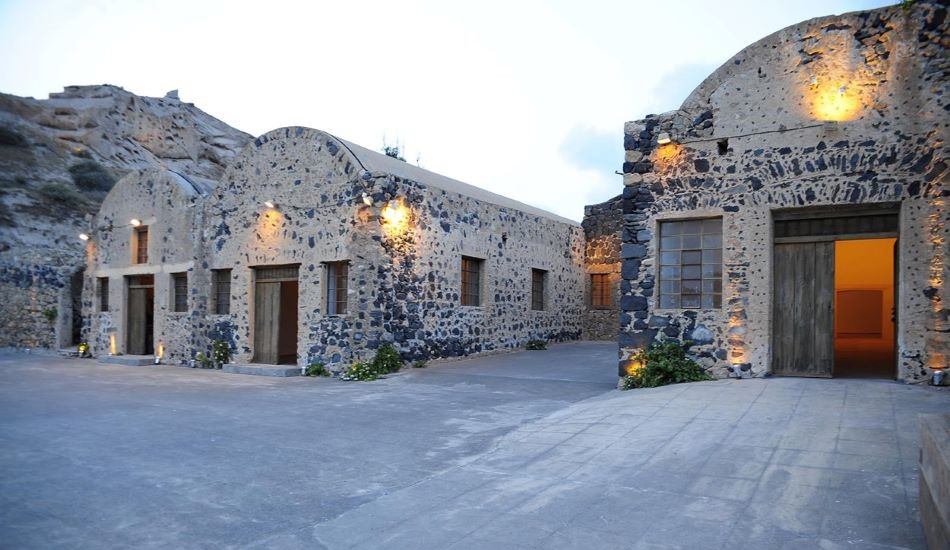
The Santorini Tomato Industrial Museum is situated in the village of Vlychada, which is located on the southern coast of Santorini. Vlychada is known for its distinctive lunar-like landscape formed by volcanic ash and pumice stone.
The museum is dedicated to preserving the history and heritage of tomato cultivation and processing on the island of Santorini. Santorini once had a thriving tomato industry, with tomatoes being a major agricultural product exported from the island. The museum showcases the traditional methods and machinery used in tomato cultivation, harvesting, and processing. Visitors can explore exhibits featuring old photographs, artifacts, and equipment related to tomato farming and the tomato canning industry on Santorini. The museum provides insights into the cultural and economic importance of tomatoes in Santorini’s history. Tomatoes grown on the island were renowned for their flavor and quality, and the tomato industry played a significant role in the local economy.The Santorini Tomato Industrial Museum offers educational programs and activities for visitors of all ages, including guided tours, workshops, and demonstrations related to tomato cultivation and processing.
In addition to its historical and educational aspects, the museum also hosts culinary events and tastings where visitors can sample local tomato-based dishes and products, including tomato paste, sauces, and preserves.
Explore Santorini with your own vehicle

Santorentals offers excellent car rental services in Santorini. With a car rental, atv rental or scooter rental, you can explore the island at your own pace and discover all its hidden beauties and unique attractions. From the beautiful villages to the amazing beaches and historical sights, you will have the freedom to explore everything that makes Santorini so magical!



